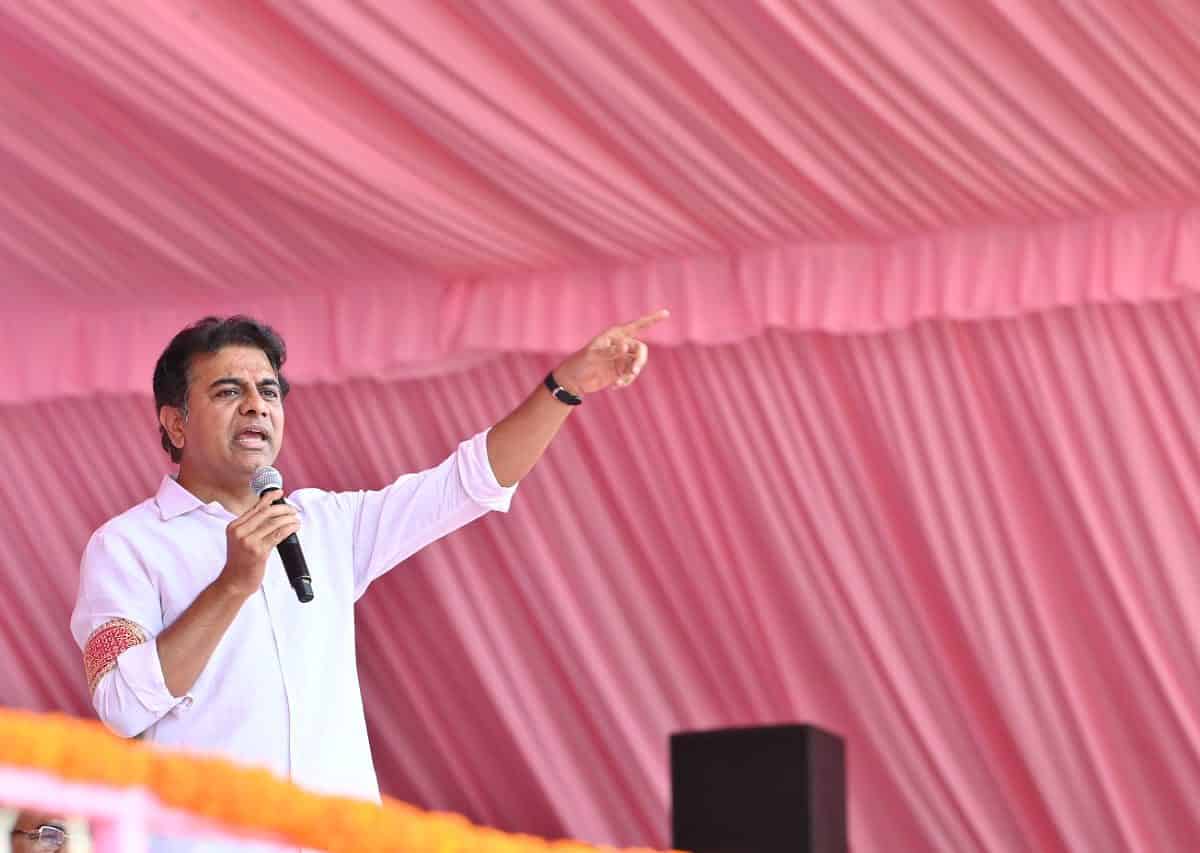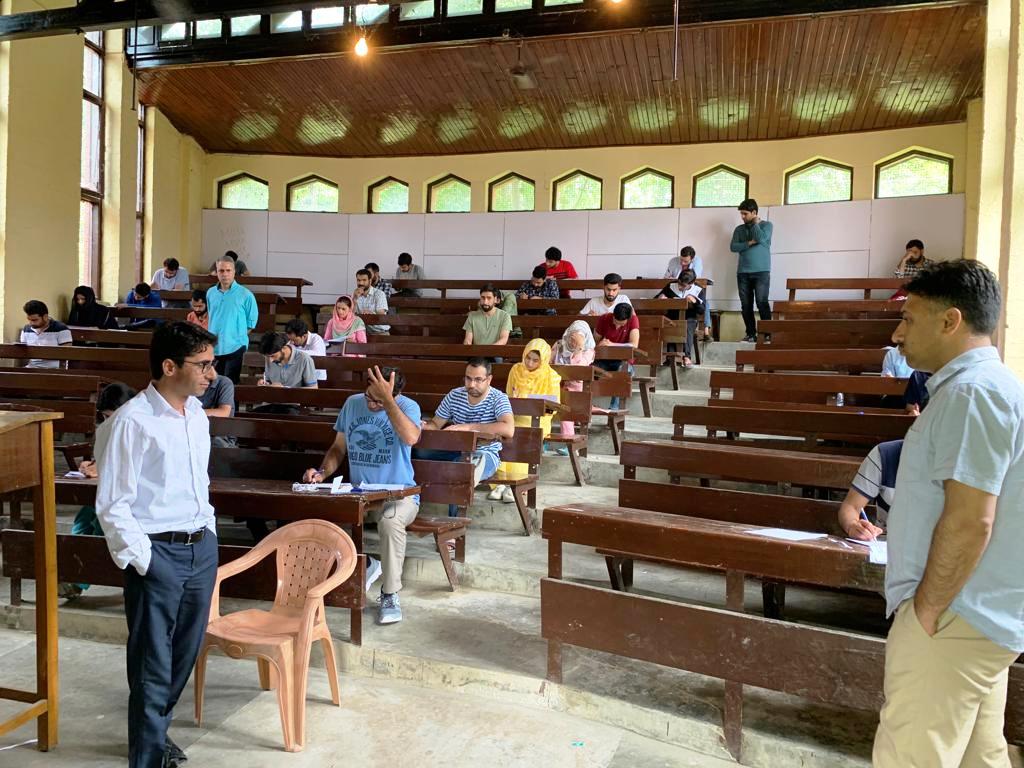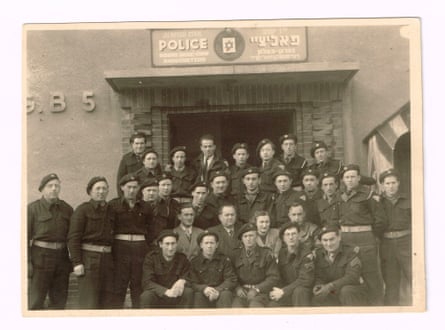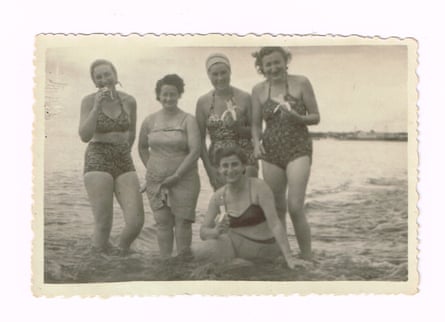[ad_1]
by Faiqa Masoodi
SRINAGAR: The world’s first cloned female Pashmina goat, Noori, is no more. She died a natural death on March 15 after living a life of 11 years and already being a grandmother.
The goat was the first ever animal that SKUAST-K produced through cloning. Her birth was a major development in veterinary science in Kashmir.
The goat kid was born in 2012 after the strenuous efforts of years put in by Dr Riaz Ahmad Shah and six other researchers who brought cloned Noori, into the world on March 9, catapulting Kashmir straight into the international limelight.
All her life, Noori lived at SKUAST and mothered seven kids, two female and five male.
Defying all notions that cloned species are susceptible to various ailments, Noori lived a healthy life and reached an advanced age in good health.
It was after the premature death of Dolly sheep, the first mammal to be cloned that scientists developed doubts that cloning accelerates the ageing process and other related problems. However, Noorie proved this isn’t the case as cloning also follows routine motherhood after the initial stage.
Dr Riaz said that Noori lived a healthy life of more than 11 years since her birth which is the average life span for this species. She died of old age and passed away peacefully at sheep and goat research station SKUAST-K leaving behind a great legacy.
“Age-related issues had started to show up in Noorie and she had stopped food intake,” Dr Riaz said. “Her teeth were falling out making it difficult for her to graze adequately.”
Noorie, meaning light, was seen as a ray of hope by scientists who knew that the female kid would pave the way for mass production of silky soft wool, the prized fibre.
Noori, when born, had such a shiny lustrous coat that my colleague Prof Maqbool Darzi named it Noori, and the light that she brought into the world of science will continue to inspire us to do better in our field, Dr Riaz said.
“We are aiming to diversify the cloning process and are trying to get hold of the gene editing process and transgenic animal research. If that happens, we will be able to have mass production of pashmina,” Dr Riaz, who is literally the father of cloning in India, said. Currently, he is the Chief Scientist at Animal Cloning and Transgenic Laboratory, Division of Animal Biotechnology, Faculty of Veterinary Sciences SKUAST-Kashmir.
“The average pashmina production in a pashmina goat is around 200 grams. If we are successful in creating a Gene-edited cloned goat, the first of its kind, we can take the pashmina production up and have 300 grams of production per goat,” he said while offering an idea about the focus of his current research.
Before Noorie happened, a doctoral student at National Dairy Research Institute (NDRI) in Karnal, Dr Riaz had invested painstaking efforts and expertise in developing the first buffalo clone Garima many years ago. It was for the first time he switched to a comparatively easier and cost-effective technique; different from the one utilized to produce Dolly, the world’s first cloned sheep in 1996.
Buoyed by the success, Dr Riaz submitted a proposal jointly with the NDRI to the government of India. He hoped to secure assistance for furthering research in Somatic Cell Nuclear Transfer, a key technique that later went on to make the project Noori happen.
“While NDRI continued to carry out its research on buffaloes, we zeroed in on a different species,” Dr Riaz said.
Project Noorie was different; she was from our native place and had tremendous economic importance.
Subsequently, Rs 2 crore funding package for a four-year period breathed life into his project. From a sufficient amount, he created a world-class laboratory before roping in the finest battery of research scholars and scientists who helped him hit the target. In this process, Riaz said, they also learned how to skilfully preserve an embryo and transfer it to recipients.
In the next three years, a near-miraculous development happened. Scientists isolated an egg cell from a goat before extracting out its innards, creating space for administering the DNA, a biological rulebook, of a Pashmina goat.
Once the DNA was integrated, the egg cell was rammed into the skin cells of a Pashmina goat, giving rise to an embryo that would further journey towards becoming a foetus. “The new offspring was an exact duplicate of the Pashmina goat whose DNA had been extracted from its skin cell,” Riaz said.
His department is rearing a huge herd of Pashmina goats that defies the tradition that these goats cannot survive outside Ladakh. However, the wool output of these goats is slightly low. If cloning becomes a success, Kashmir finally can have Pashmina herds too.
[ad_2]
#Noori #Kashmirs #Cloned #Pashmina #Goat #Died #Helped #Dream #Live
( With inputs from : kashmirlife.net )













